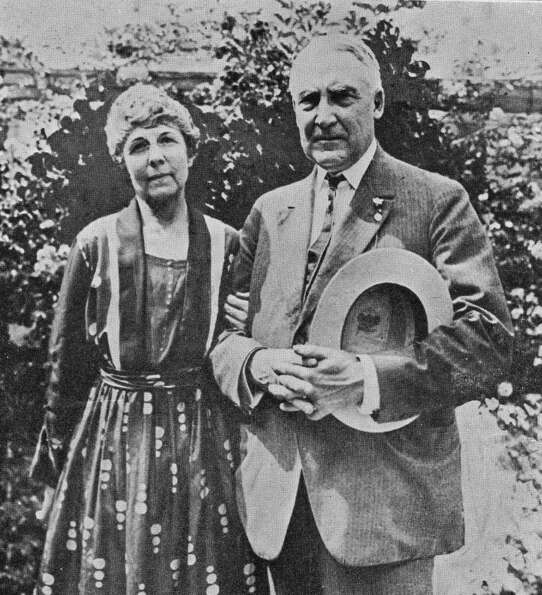 |
| Florence and Warren G. Harding |
What most people didn't know about Harding was that he was a partier. He was most known in the political arena for having numerous affairs, for drinking and smoking way too much, and having marathon poker matches. It's been reported that one time he gambled away some White House china. Other than these activities, the only real kind of exercise he had was playing some golf.
Domestically, Harding actually did some good things like signing legislation on child welfare and ending railroad strikes. He tried to pass anti-lynching bills and the unemployment rate dropped in half under his tenure. He was also surrounded by controversy because of events like the Teapot Dome Scandal. Some of his cabinet members would be sent to prison. Nonetheless, Harding was a complex man who did a lot of good for the US, but has been overshadowed by his scandals, affairs, and the mysterious way he died.
Leading up to August 2, 1923, Harding was in poor health. He was traveling across the US giving speeches, but as the trip went on, he was becoming more and more exhausted and ill. He developed an illness that was thought to be pneumonia. He was given some herbs and caffeine, and he showed signs of improvement. Those around him thought he was on the way to being better, but on the evening of August 2, 1923, he collapsed while talking with his wife in their room in a San Francisco hotel.
Cause of death were guessed by many, some saying stroke and others saying heart attack. We won't know for sure because his wife refused to allow an autopsy. It was around the time of her refusal that another theory came up: maybe she had something to do with his death. Her actions immediately following the death didn't help with her case: she found as many of his papers as she could find (public and personal) and burned them.
 |
Scholars have looked at the reports of Harding's health around the time, and most agree that he had been suffering from 'cardiac insufficiency with congestive heart failure' in the time before his death. However, it is true that we will probably never really know what killed the president. However, one thing is true: he was not murdered, and instead died of natural reasons.








